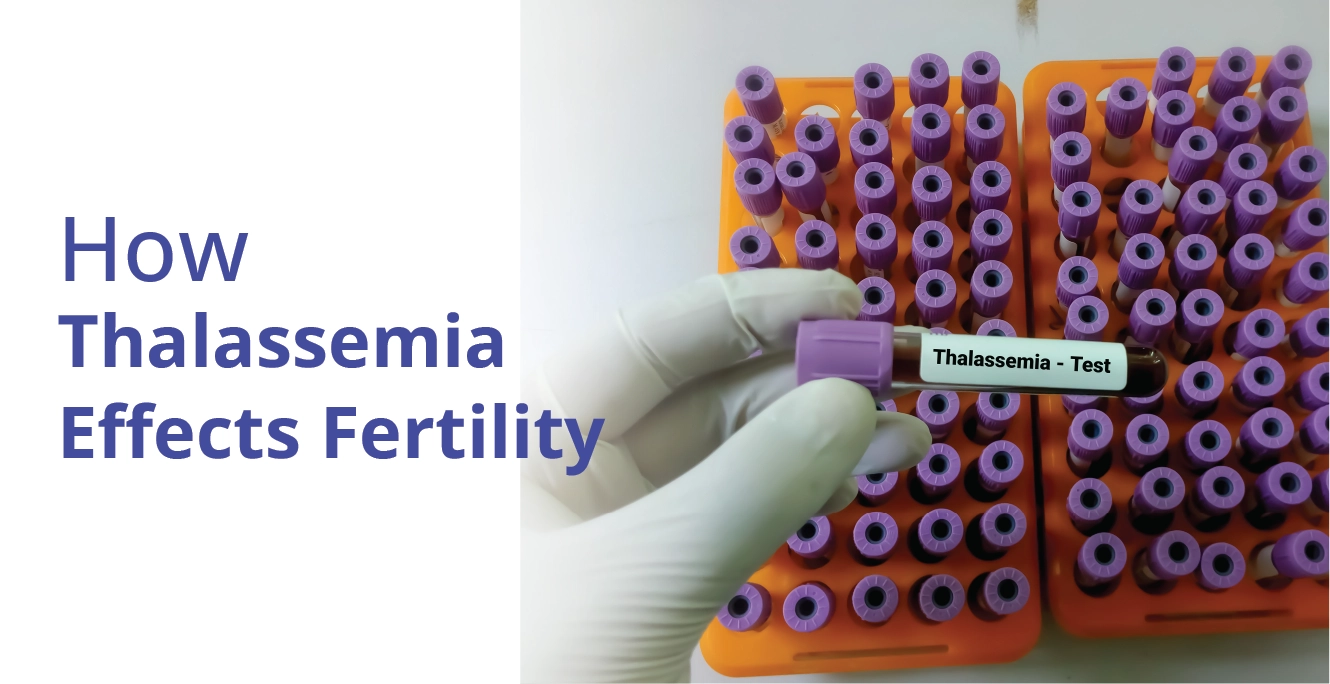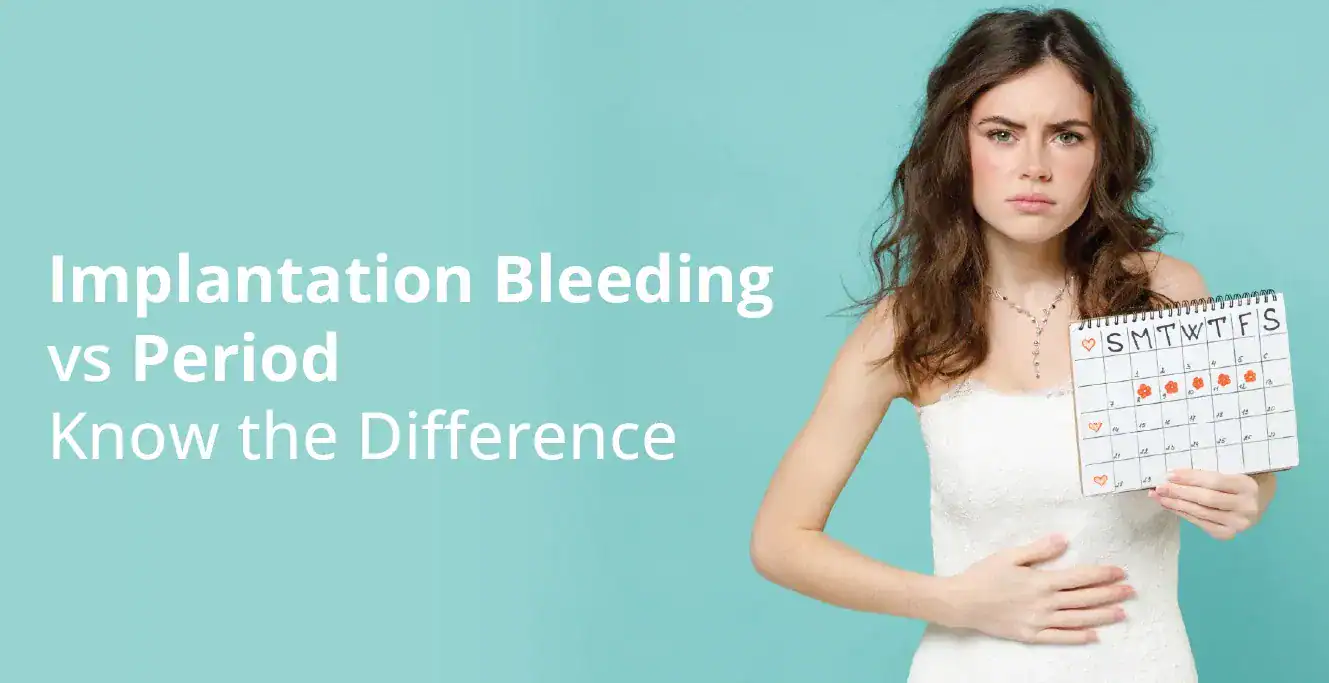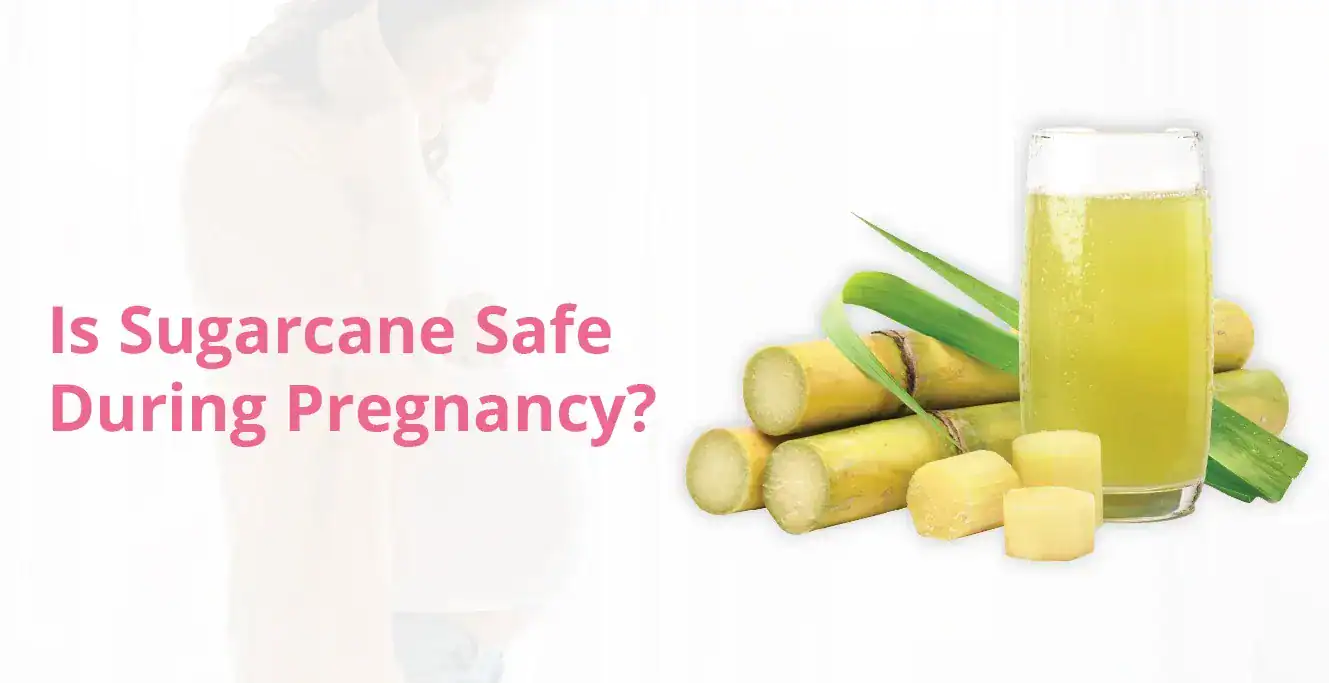
How to Remove Stretch Marks After Pregnancy

Table of Contents
Pregnancy is one of the most beautiful, perhaps a life-changing phase in a woman’s life. It is a journey of creating a new life and is marked by innumerable emotional and physical changes. One such change that many women notice is the faint lines or streaks across their belly, hips, breasts, or thighs. These are stretch marks after pregnancy, and while they are completely normal, it is natural to want smoother and healthier-looking skin again.
Let’s understand why these marks appear, how to treat them, and some of the tips to prevent them.
What Are Stretch Marks?
Medically known as striae gravidarum, stretch marks are long and narrow streaks that appear when the skin stretches or shrinks rapidly. This sudden change leads to the rupture of collagen and elastin – the proteins responsible for skin’s elasticity. As the skin heals, these lines may appear red, purple, pink, or later fade to white or silvery tones. Stretch lines are very common and occur because the skin of your belly and breasts stretches to accommodate your growing baby. Studies suggest that around 50–90% of pregnant women develop stretch marks, especially during the later stages of pregnancy.
Causes of Stretch Marks During Pregnancy
While skin stretching is the most obvious cause, several factors determine how visible or severe your stretch marks may become:
Rapid Weight Gain
This is one of the major causes of stretch marks. A quick weight gain during pregnancy can overstretch the skin, which causes it to tear and form marks.
Hormonal Changes
Hormonal changes are common in pregnancy. Pregnancy hormones, particularly cortisol, soften the skin’s elastic fibres, which makes it more susceptible to developing marks.
Genetic Factors
Stretch marks during pregnancy can also occur due to genetic factors. If your mother or sister had stretch marks during their pregnancy, you are more likely to develop them too because genetics plays a significant role in your skin’s elasticity.
Hydration Levels
Keep yourself hydrated! Dry skin is less elastic, so inadequate hydration can increase your risk of developing visible marks.
Age and Skin Type
Younger skin tends to be more elastic and recovers faster. Women with lighter skin tones may have pink stretch marks, while those with darker complexions may have lighter or deeper-toned ones.
When Do Stretch Marks Appear During Pregnancy?
Mostly, the stretch marks appear in the second or third trimester, around 25 to 35 weeks, due to the rapid expansion of the belly during this time. However, some women may notice them earlier on the breasts, thighs, or hips as the body starts changing shape.
Treatment Options Available for Stretch Marks
Although stretch marks are normal and do not cause any harm, many women wish to reduce their appearance. The good news is that there are several dermatology solutions available that help them fade over time.
| Type of Treatment | How Does it Help? |
| Topical Creams and Ointments |
|
| Laser Therapy |
|
| Microneedling |
|
| Microdermabrasion |
|
| Chemical Peels |
|
| Radiofrequency Therapy |
|
Note: All these treatments should only be performed by qualified dermatologists or aesthetic specialists, especially for postpartum women whose skin may still be sensitive.
5 Home-Based Remedies to Get Rid of Stretch Marks
While clinical treatments are effective, the following are some home-based and natural remedies that support your skin’s recovery and help make stretch marks less visible.
Oil Massage
Massage your skin daily with coconut oil, olive oil, almond oil, or cocoa butter. It improves blood circulation, keeps your skin hydrated and helps in fading marks gradually.
Aloe Vera Gel
Aloe vera is known for its healing properties. If you consistently apply pure aloe vera gel on affected areas, it will help soothe the skin and may lighten stretch marks over time.
Vitamin E Oil
Vitamin E is a powerful antioxidant that supports skin regeneration. Mixing a few drops of vitamin E oil with your regular moisturiser can help nourish the skin deeply.
Hydration
Drinking enough water (at least 8–10 glasses a day) helps maintain skin elasticity and promotes natural healing.
Exfoliation
Using a gentle sugar or coffee scrub once or twice a week removes dead cells and enhances the absorption of moisturising creams.
Tips to Prevent Stretch Marks
While not all stretch marks can be prevented, you can follow the tips below to reduce their appearance during and after pregnancy.
Maintain a Healthy Weight
Aim for gradual, healthy weight gain as recommended by your doctor. Avoid sudden increases that strain your skin.
Moisturise Your Skin
Start using a stretch mark prevention cream or oil early in pregnancy to maintain skin elasticity. Focus on areas like the belly, thighs, and breasts.
Eat a Skin-Friendly Diet
Incorporate foods rich in vitamin C, E, zinc, and protein in your diet. These nutrients support collagen formation and keep your skin healthy.
Hydration is Important
Sufficient hydration from both water and hydrating foods like fruits and soups helps keep your skin plump and resilient.
Do Gentle Exercises
Regular exercise improves blood circulation and skin tone. Do not indulge in heavy workouts and consult your doctor before starting any postpartum exercise routine.
Refrain From Harsh Soaps
Use mild moisturising cleansers to prevent dryness and maintain the skin barrier.
Are Stretch Marks Permanent?
Stretch marks may not go away completely, but with time, they start fading from reddish or purplish lines to lighter, silvery ones that are not that noticeable. You can significantly reduce their appearance and achieve a smoother skin texture with proper skincare, hydration, and medical treatments.
Wrapping it Up!
Stretch marks are a normal part of your body’s transformation during pregnancy — a reminder of the strength and beauty of your motherhood journey. It may not be possible to prevent them completely; however, you can reduce their appearance and help your skin recover faster through a mix of proper hydration, nutrition, moisturising, and medical treatments when needed. Still have doubts or want more clarity on stretch marks? Consult our leading gynaecologists at Birla Fertility & IVF.
| Every woman’s skin heals differently. It is important to have patience, consistency, and a little self-love because… your pregnancy journey is unique and tells a story of life, love, and resilience. |
FAQ’s
In which trimester do stretch marks occur?
Stretch marks usually appear in the second or third trimester i.e between weeks 25–35.
How long will it take for my stretch marks to fade?
Stretch marks usually start to fade within 6–12 months after delivery, but it varies from person to person. With proper care and treatments, they can become much less visible.
Can diet help fade my stretch marks?
Yes, a diet packed with vitamins A, C, E, zinc, and protein supports collagen production and skin healing. Incorporate citrus fruits, nuts, eggs and leafy green vegetables in your diet for healthier skin.
Our Fertility Specialists
Related Blogs
To know more
Birla Fertility & IVF aims at transforming the future of fertility globally, through outstanding clinical outcomes, research, innovation and compassionate care.
Had an IVF Failure?
Talk to our fertility experts

 Our Centers
Our Centers














